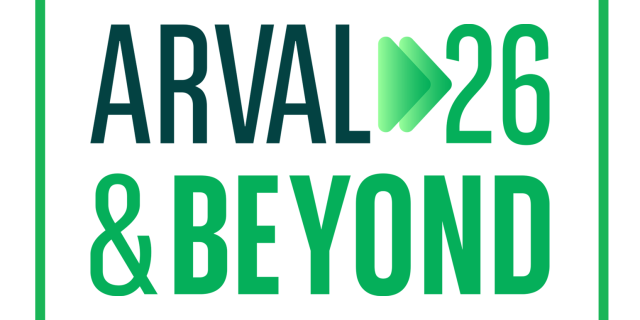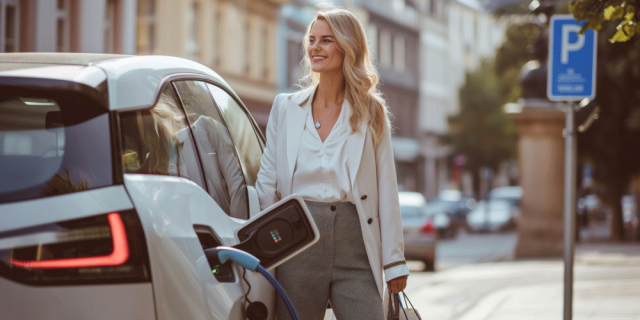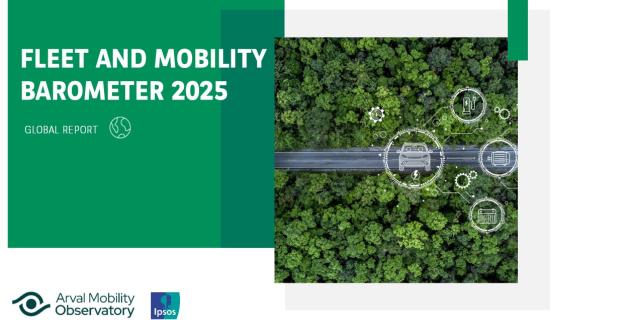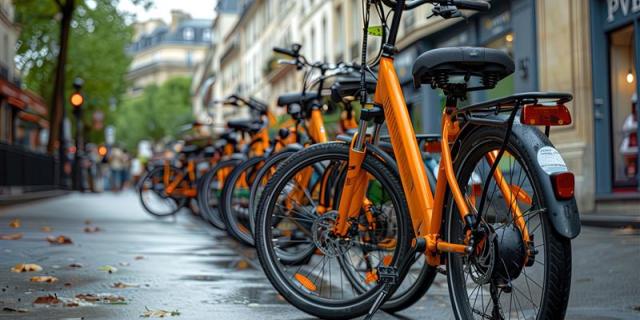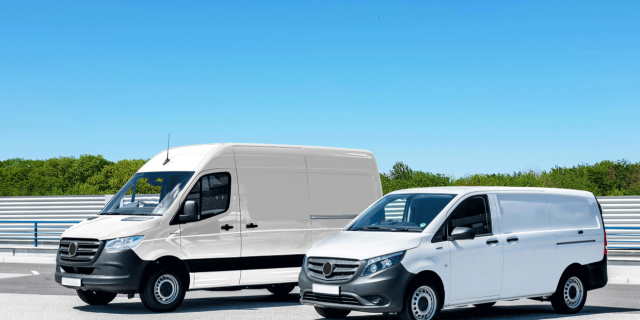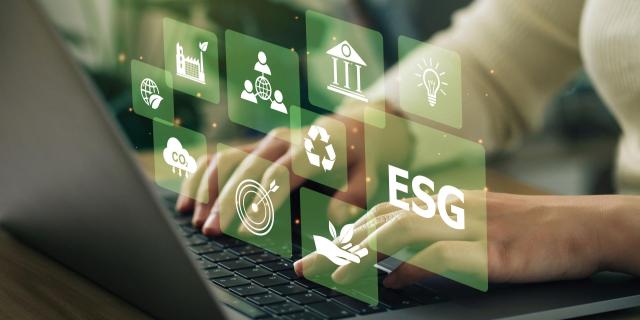Connected and convenient: paying for charging and more
Paris, 6th of September 2021
As electric, plug-in hybrid, and fully connected vehicles are becoming the rule – not the exception – in some fleets, they are creating new opportunities for ease of use, and simplicity of payment.
OEMs are working to ensure that drivers will experience new levels of convenience, as they charge their cars, or get charged for parking.
Let’s start with charging the vehicle. It’s becoming increasingly important to ensure that this experience is as seamless and efficient as drivers are accustomed to with petrol cars.
The most obvious and seamless charging experience is – of course – one you don’t even have to think about.
One of the biggest advantages of an EV is its ability be to be charged at home. Over 60% of charging occurs here, or at the workplace – while the driver is sleeping, or working, and therefore without disrupting a journey.
Many energy providers even offer special electricity tariffs for EV owners, recognising that the vehicles charge during the night-time. Some EV drivers have even reported being paid to charge their car, as electricity prices can go negative overnight.
This smart electricity distribution approaches yet another level when we consider vehicle to grid, or V2G features. During peak times, the vehicle can supply the grid with energy or power the owner’s house and be charged when more electricity is available.
When drivers are on longer journeys – having a network of charging stations at hotels, retail outlets, and alongside the highway, is essential for the experience.
A solution is to access member-only charging networks.
But these closed ecosystems and a plethora of payment and membership options, with multiple mobile apps, create avoidable friction points.
Consumers are making their voices heard about the frustrations related to the use of network-exclusive apps, specific RFID cards and memberships.
Electricity pricing is rarely the focus of discussion - payment options are. People are looking for seamless connectivity, which will likely take the form of contactless payments.
There is no legislation regulating the price of charging and access to networks between providers, so these, and their location partners, can set their rates.
Some providers are using charging to promote brand loyalty. For example, BMW, Ford, Volkswagen Group, and Daimler Group vehicle owners can charge on the IONITY network at a lower price than other brands’ customers.
On the flip side, and at least in Norway, Tesla will open its charging network for all cars and brands from 2022, paving the way for integration with other networks.
Overall, simplicity, integration and connectivity will make all the difference for drivers. It is true for EVs and also for any other vehicle type.
If payment for electric charging can be integrated with the car, then so can other vehicle features, no matter its powertrain.
Onboard features, such as heated seats, customisable ambient lights, heated cup-holders, intelligent diver profiles or automated driving systems, can now be remotely activated upon payment through subscription – or even rented for a limited time.
This vehicle customization will elevate the customer experience to a higher level and offer new revenue opportunities for manufacturers and leasers.
Beyond vehicle’s features, paying for products and services with a car can be integrated into the vehicle’s key or keychain. Soon, more payment options could be widely automated with number-plate scanning, long-range in-car RFID tags and even Bluetooth.
Payment companies, like Visa and Mastercard, are developing applications working along with these innovations.
For example, in the US, the General Motors Marketplace is a collaboration with Visa, allowing drivers with GM cars built from 2017 onwards to order and pay for drive-thru items, make hotel reservations and more.
When drivers have their banking information already uploaded and connectivity of the vehicles enabled, a new payment experience is possible.
The opportunities are seemingly endless. For example, existing and future street sensors and cameras, as well as connected terminals, will be able to “talk” to a parked car, billing the owner only for the time they truly spent parked.
National highway vignettes, low emission zone payments, congestion charges, and highway tolls may all become fully integrated into a seamless mode of payment, straight from the car’s dashboard.
Soon, we could imagine being able to pay for a hotel room via your car’s voice assistant, or buying dog food on your way to work and receive it delivered into the back of the car while at work.
For now, according to software engineering firm Intellias, only 16.7% of drivers use the in-car dashboard for connectivity features, while over half use their smartphones for navigation, search and other needs.
The number of connected users is increasing though, as the features become more prevalent.
Beyond being a tool to access and pay for services, a vehicle is also about to be an additional source of revenues for the ones willing to share it.
Peer-to-peer carsharing is more easily enabled, when the vehicle is fully connected. A new driver can simply unlock the vehicle – or even its features – via smartphone app.
These seamless payment options and access to a vehicle are also enabling new possibilities for diversified and multimodal mobility schemes.
This is the case with digital wallets or corporate mobility budgets, which unify the customer experience through a single-entry point to various modes of transport.
This hyper integrated connectivity will mark the beginning of a new mobility consumption era in which the use of passenger car will be reinvented.
Owning, driving, or sharing a connected and electric car will be at least as simple as the experience drivers have known so far. But probably, even more convenient.
Are you willing to use your car as a wallet, or for your car to use your wallet as its own?

